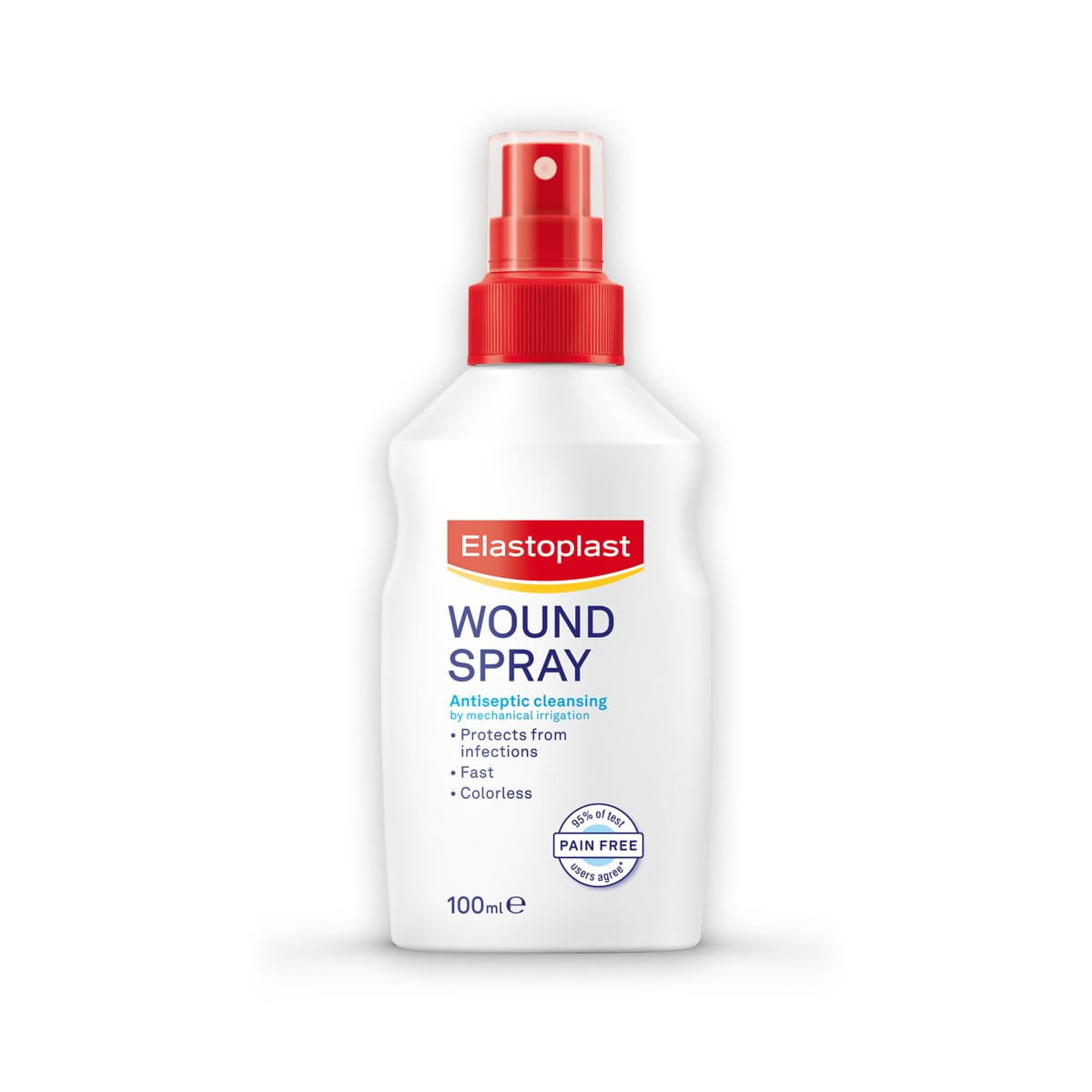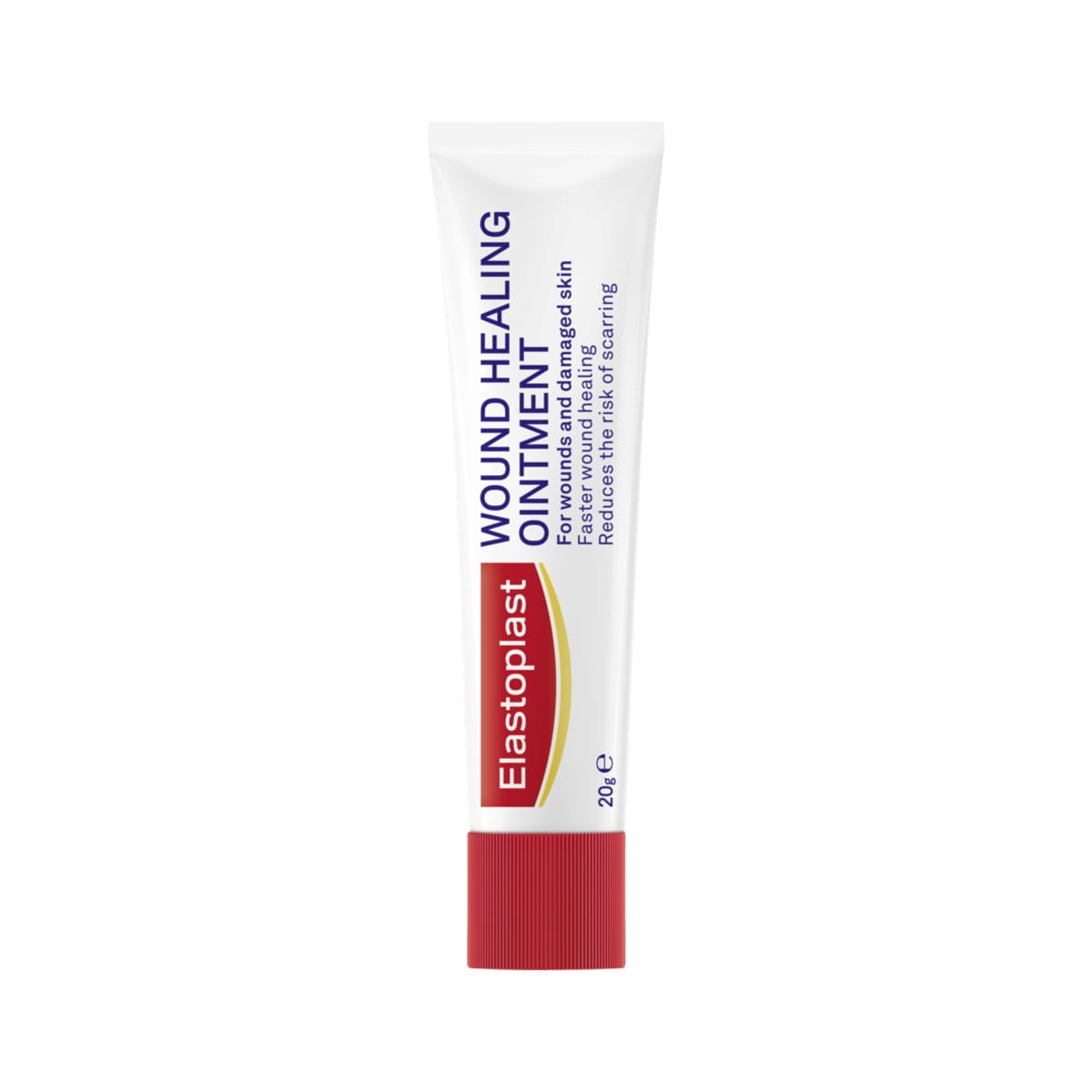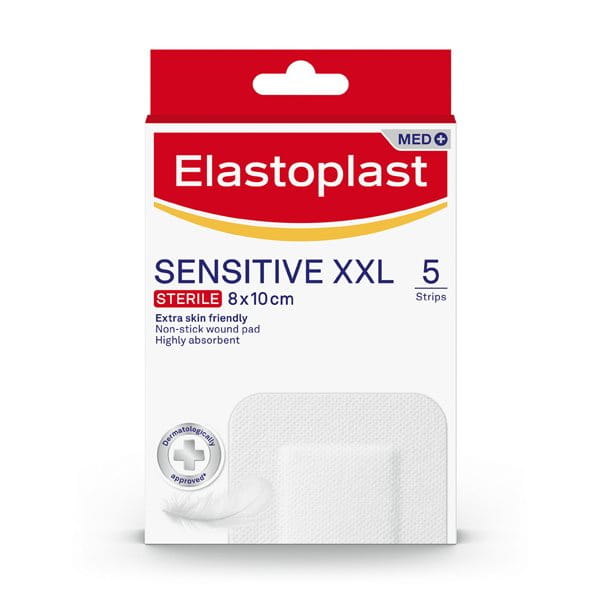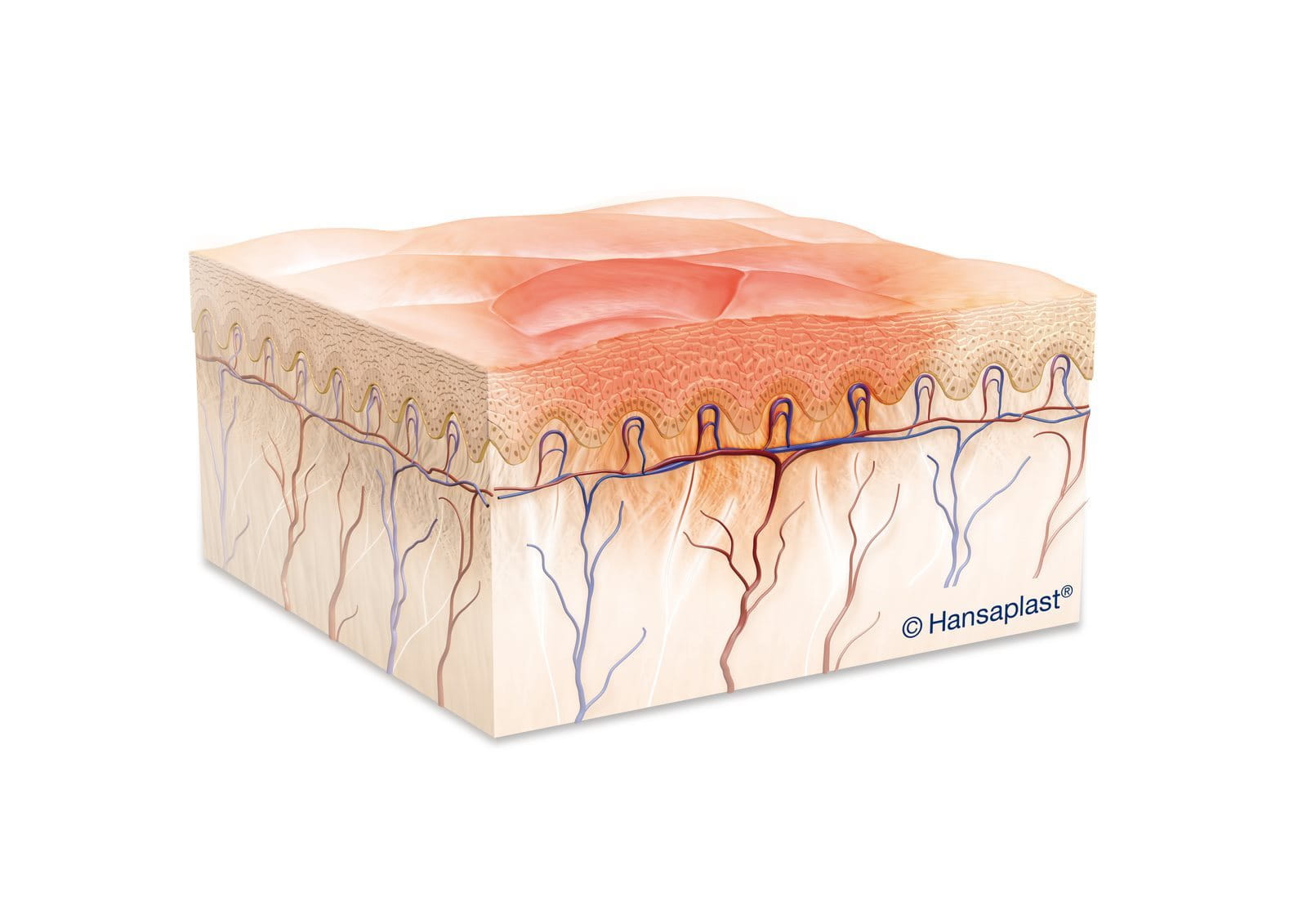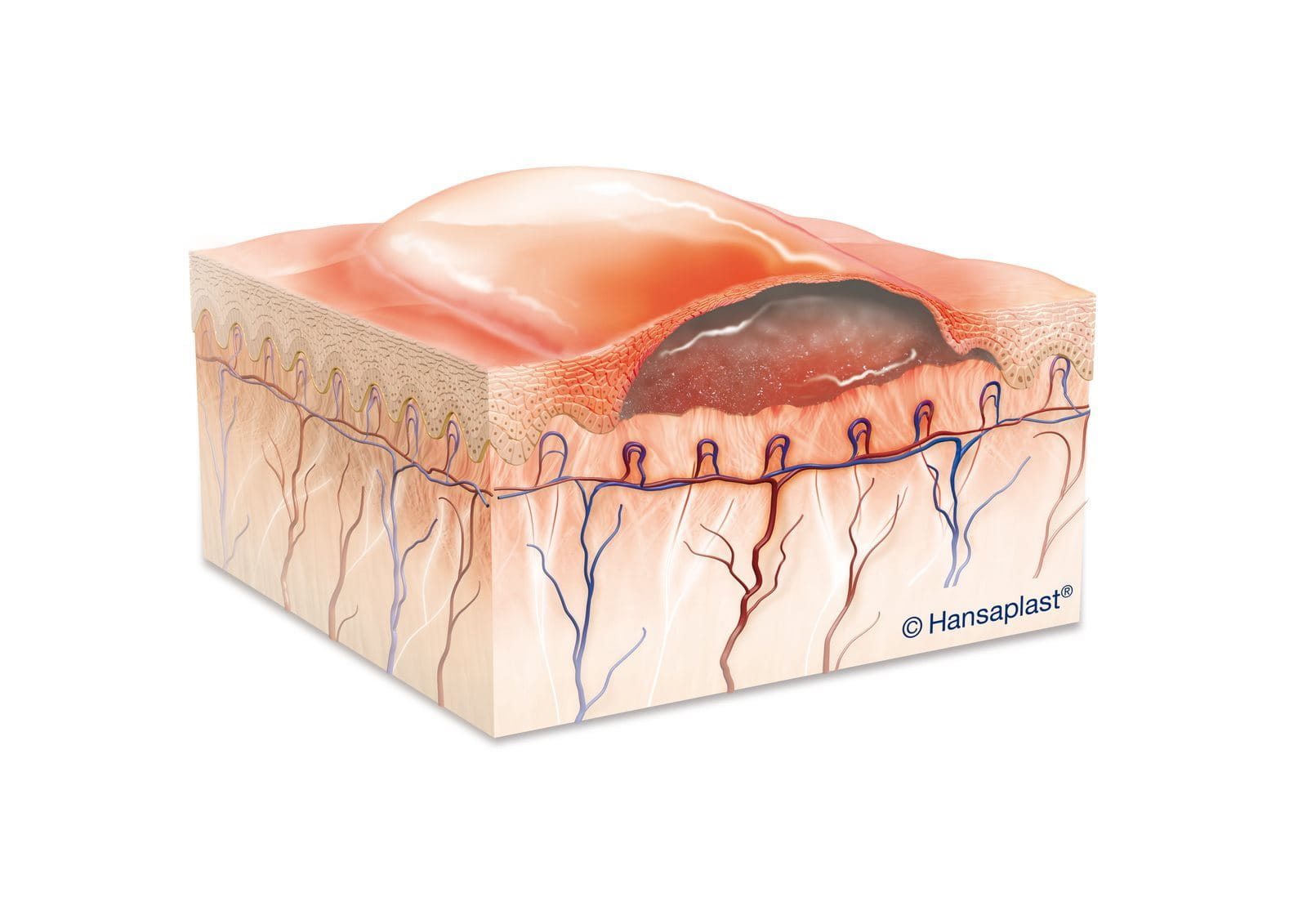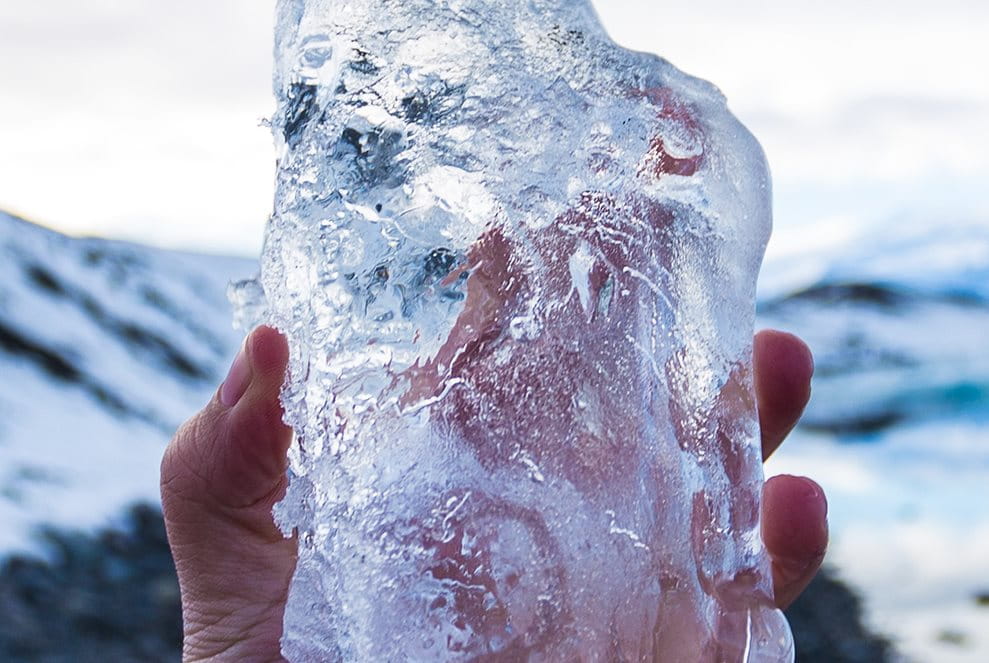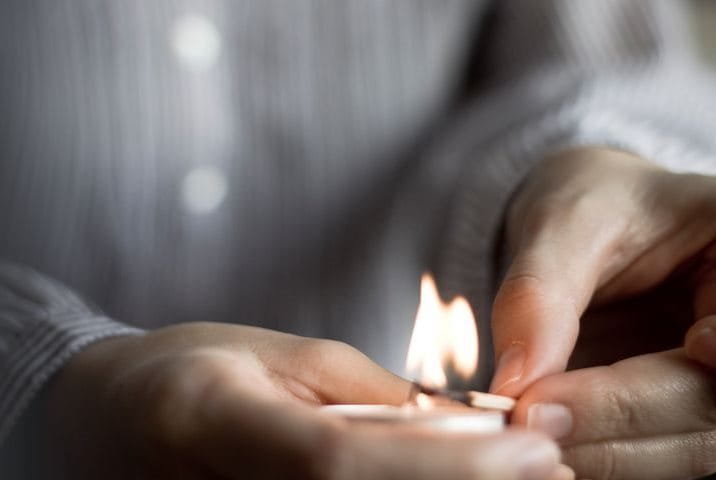Published: June 2022
Last Reviewed: April 2025
Curling irons and hair straighteners are two of the most commonly used household appliances. Still, they can also cause some painful and severe burns when accidentally turning them at the wrong angle and brushing them against the skin on your hands, neck or shoulders.
Read our article to learn how to treat skin burns caused by a curling iron or hair straightener to promote optimal wound healing and prevent the risk of scarring.



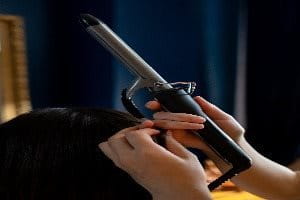
.jpg)
